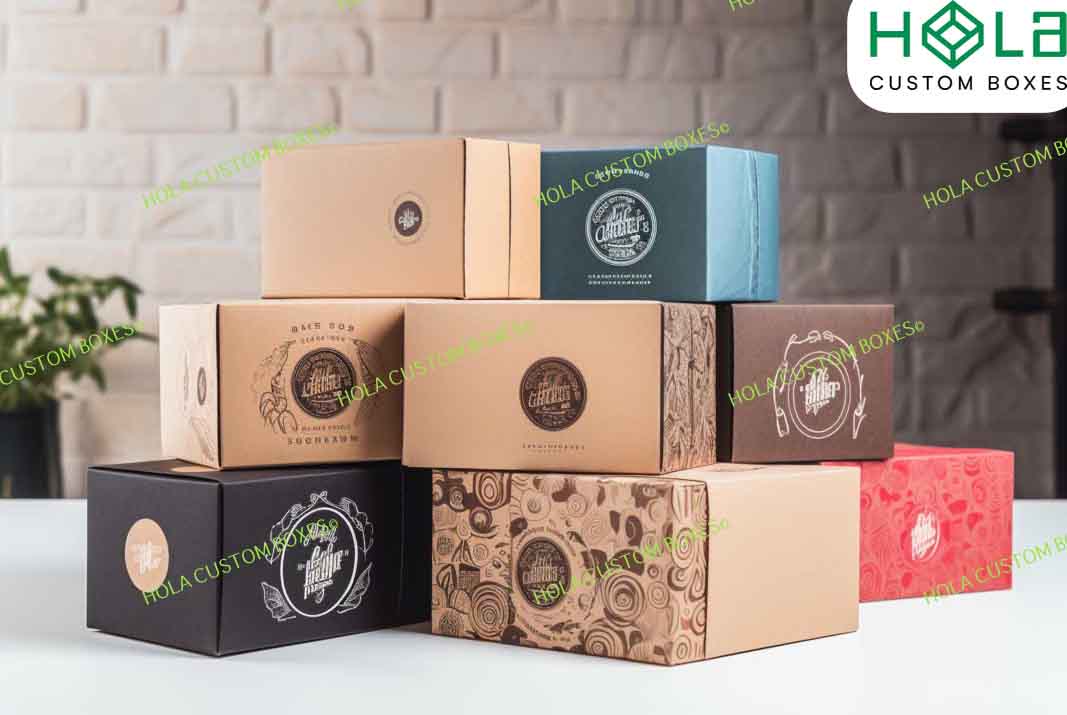In an era where environmental consciousness is not just appreciated but expected, the packaging choices of specialty soap manufacturers can have a significant impact on brand perception and consumer behavior. As a result, innovators within the industry are continuously exploring eco-friendly packaging solutions that align with sustainability goals while also enhancing the aesthetic appeal of their products.
This introduction will explore three custom eco-friendly packaging ideas tailored for specialty soaps, taking into account the use of sustainable materials, innovative design techniques, and environmentally conscious branding methods such as biodegradable inks.
Additionally, we will discuss how incorporating reusable packaging concepts not only contributes to waste reduction but also creates a unique consumer experience that resonates with the values of the eco-aware market.
Key Takeaways
- Sustainable materials, such as kraft paper and plant-based plastics, are popular choices for specialty soap packaging due to their recyclability and compostable nature.
- Innovative design techniques, such as minimalistic design and origami-inspired folds, can reduce material use and eliminate the need for non-recyclable inks or adhesives.
- Branding with biodegradable inks made from natural sources like soy or vegetable oils not only enhances the brand’s image but also reduces the ecological footprint.
- Reusable packaging concepts, such as fabric wraps and seed-embedded boxes, not only reduce waste but also enhance the consumer experience and demonstrate a commitment to sustainability.
Sustainable Soap Box Material Options
A brand’s choice of sustainable material options for specialty soap packaging is crucial in minimizing environmental impact and resonating with eco-conscious consumers. Opting for biodegradable and recyclable materials not only demonstrates corporate responsibility but also appeals to a market segment that values environmental stewardship.
Kraft paper, for instance, is a popular choice due to its recyclability and compostable nature. It also provides a rustic, natural look that aligns with the wholesome image of specialty soaps.
Alternatively, brands can utilize plant-based plastics, which are derived from renewable resources like cornstarch, reducing dependency on fossil fuels. Soy-based inks for printing also offer a less toxic alternative to traditional petroleum-based inks, ensuring that the packaging is as eco-friendly as the product it encases.
Innovative Soap Box Design Techniques
Innovative design techniques can elevate the eco-friendliness of specialty soap packaging by marrying form with sustainability. Modern approaches often incorporate minimalism, not only to reduce material use but also to appeal to eco-conscious consumers. Techniques such as embossing or debossing add tactile interest without the need for non-recyclable inks or dyes. Designers are also exploring die-cuts and origami-inspired folds that eliminate the need for adhesives, creating packages that are both intriguing and environmentally sound.
Additionally, direct printing onto the packaging using soy or vegetable-based inks further reduces the ecological footprint. These methods not only enhance the aesthetic value but also underscore the brand’s commitment to environmental responsibility, fostering a connection with like-minded customers and establishing a reputation for conscientious product presentation.
Branding With Biodegradable Inks on Soap Packaging Boxes
Utilizing biodegradable inks for logo imprinting offers an eco-conscious solution that aligns with the sustainability ethos of specialty soap brands. These inks are made from natural sources, such as soy or vegetable oils, and they break down more easily in the environment compared to traditional petroleum-based inks. The use of biodegradable inks not only reduces the ecological footprint but also resonates with environmentally aware consumers, enhancing the brand’s image.
Moreover, biodegradable inks maintain high-quality print results, ensuring that branding elements are visually appealing and professional. This approach to packaging branding ensures that every aspect of a product reflects the brand’s commitment to sustainability, fostering a consistent and responsible brand message that is crucial for customer loyalty and market differentiation.
Reusable Custom Soap Packaging Concepts
Transitioning from the eco-friendly practice of branding with biodegradable inks, specialty soap producers are now embracing reusable packaging designs that further their commitment to sustainability.
These innovative packaging solutions not only reduce waste but also enhance the consumer experience by offering additional utility. Here are three concepts that are leading the way:
-
Fabric Wraps: Utilizing organic cotton or bamboo fabric wraps that can be repurposed as cleaning cloths or handkerchiefs, encouraging a zero-waste lifestyle.
-
Seed-Embedded Boxes: Crafting packaging from plantable paper that, once used, can be planted to grow herbs or wildflowers, promoting biodiversity.
-
Tin Containers: Designing durable and stylish tin containers that customers can repurpose for storage, further extending the life of the packaging.
Soap Packaging Impact on Consumer Experience
The adoption of these three eco-friendly packaging strategies significantly enhances the customer’s unboxing experience by aligning with their environmental values and providing practical, post-use applications. When consumers encounter conscientiously designed packaging, it creates a tangible connection between the brand’s ethical stance and the customer’s personal commitment to sustainability. This positive alignment fosters brand loyalty and can elevate the perceived value of the product.
Furthermore, innovative packaging that suggests secondary uses or can be easily recycled contributes to a sense of responsibility and satisfaction. By prioritizing eco-friendly materials and designs, brands not only address the environmental impact but also tap into the growing consumer demand for products that support a more sustainable lifestyle, ultimately shaping a more fulfilling customer experience.
Conclusion
In conclusion, eco-friendly specialty soap packaging offers several benefits. It contributes to environmental sustainability by utilizing sustainable materials, biodegradable inks, and reusable packaging concepts. These practices help minimize ecological footprints and demonstrate corporate responsibility. Additionally, eco-friendly packaging enhances brand identity and consumer experience. It responds to the growing consumer demand for green products and can potentially lead to increased customer loyalty. In the competitive landscape of specialty soaps, incorporating eco-friendly packaging strategies can also help companies differentiate themselves in the market.


